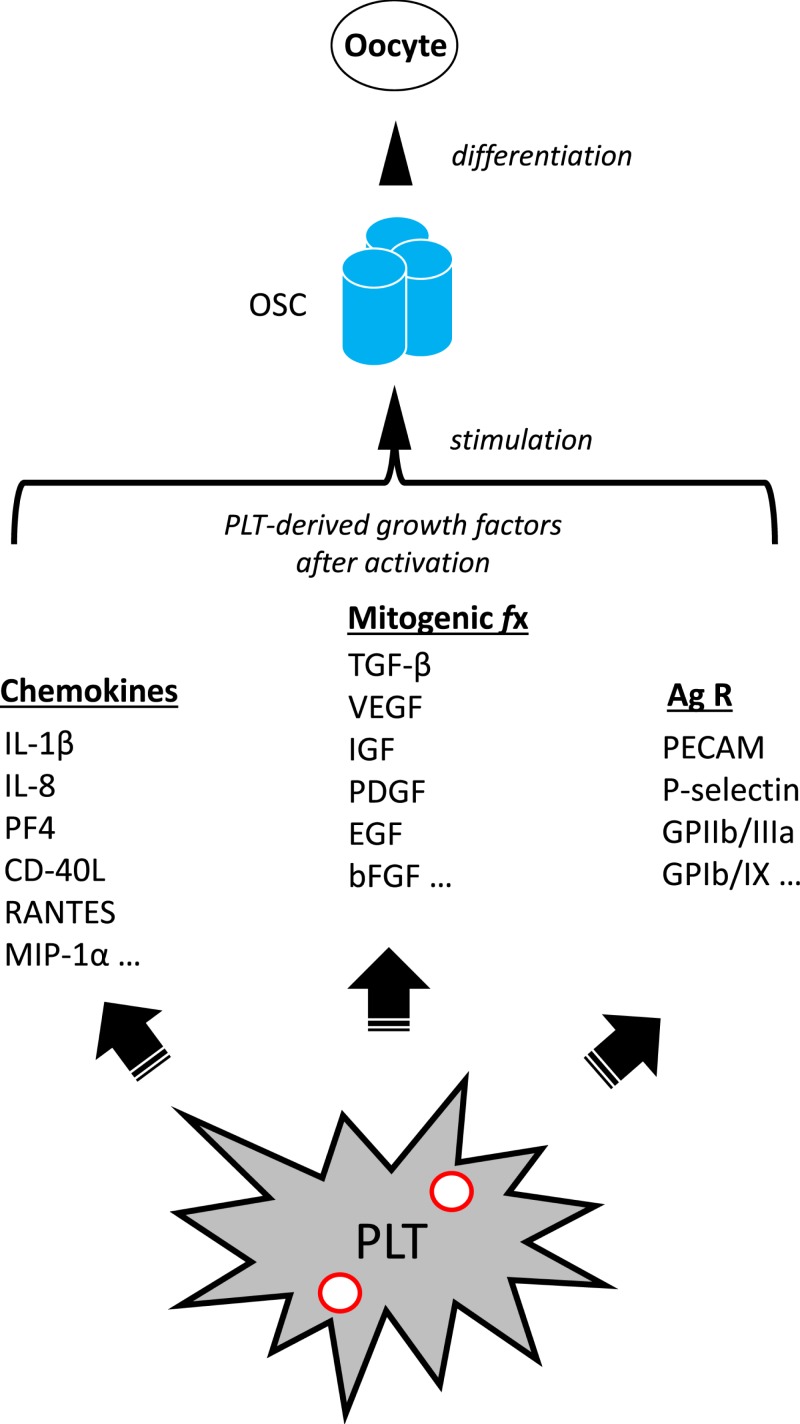Figure 2. Proposed mechanism of action for alteration of adult ovarian function by application of activated PRP.
Autologous activated PRP sample generates an enriched platelet (PLT) substrate collected by peripheral venipuncture. PLT combination with calcium gluconate achieves activation of α granules [red circles], which subsequently initiates release of at least three classes of molecular mediators. These include chemokines such as Interleukin-1β (IL-1β), a central inflammatory mediator involved in cell proliferation, differentiation, and apoptosis; Interleukin-8 (IL-8, also known as neutrophil chemotactic factor) which coordinates migration toward sites of injury or infection and is a promoter of angiogenesis and improved tissue perfusion; Platelet factor 4 (PF4), a versatile chemotactic protein with high affinity for heparin, involved in platelet aggregation and selective antimicrobial activity; Ligand of CD40 (CD-40L), a potent inducer of inflammatory processes by enhancing interactions among platelets, leukocytes, and endothelium; a protein known as Regulated after Activation of Normal T-cell Expressed and Secreted (RANTES), itself a useful marker for PLT activation which strongly attracts monocytes; Macrophage inflammatory protein 1-α (MIP-1α), which conditionally triggers migration and signaling cascades to mediate cell survival and proliferation; Platelet-associated cellular mitogens include TGF-β, which activates different downstream substrates and regulatory proteins inducing transcription of multiple target genes for differentiation, chemotaxis, proliferation and activation of immune system cells; Vascular endothelial growth factor (VEGF), a signal protein stimulating blood vessel formation; Insulin like growth factors (IGFs) a group of proteins with close homology to insulin required for cell stimulation and communication with the local environment; Platelet derived growth factor (PDGF), critical in growth of blood vessels from extant nearby capillaries, mitogenesis and proliferation of mesenchymal cells including fibroblasts, osteoblasts, tenocytes, vascular SMCs and mesenchymal stem cells; epidermal growth factor (EGF), a central element in cellular proliferation, differentiation, and survival; Basic fibroblast growth factor (bFGF), a mediator with broad mitogenic and cell survival activities, and is involved in a variety of biological processes, including embryonic development, cell growth, morphogenesis, tissue repair, tumor growth and invasion function. Platelet expressed antigens include Platelet endothelial cell adhesion molecule (PECAM), which plays a key role in removing aged neutrophils from circulation; P-selectin which contributes to initial recruitment of leukocytes to injury sites during inflammation; Glycoprotein IIb/IIIa, part of the integrin complex found on platelets aiding in platelet activation; and Glycoprotein Ib and IX (GPIb/IX) which binds von Willebrand factor, allowing platelet adhesion and platelet plug formation at sites of vascular injury. PRP is placed inside the adult ovary (by direct ultrasound-guided needle injection) thus permitting these signaling elements access to ovarian stem cells (OSCs) as discussed by Johnson et al. (2004). PLT-derived moieties then trigger or enable differentiation of these OSCs. Subsequently, reduced serum FSH and/or higher post-treatment levels of serum AMH have been observed clinically, consistent with improved or ‘re-potentiated’ ovarian function.

